A Peace Deal in the Caucasus, Sealed Under Baku’s Shadow
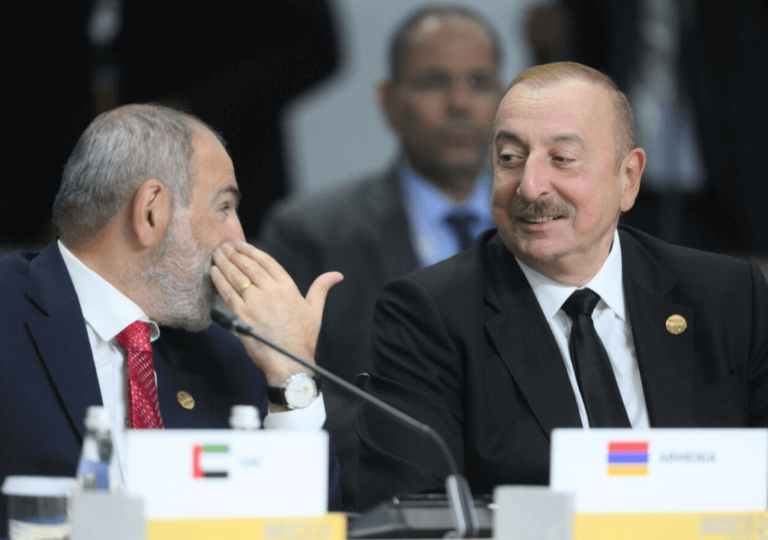
Azerbaijan secures a decisive victory as Armenia concedes in a newly signed peace deal. Explore the implications of this agreement and what it means for the future of the Caucasus.

Azerbaijan secures a decisive victory as Armenia concedes in a newly signed peace deal. Explore the implications of this agreement and what it means for the future of the Caucasus.
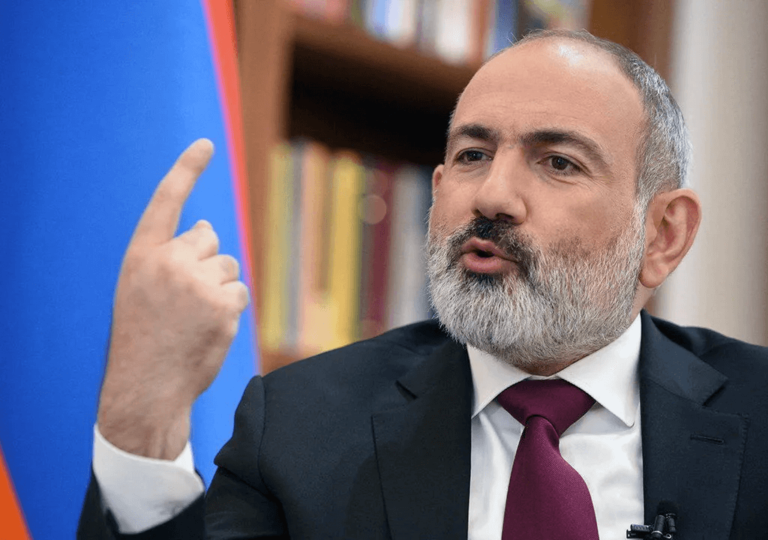
Armenia is shifting its geopolitical focus westward, strengthening ties with the U.S. and EU amid tensions with Russia
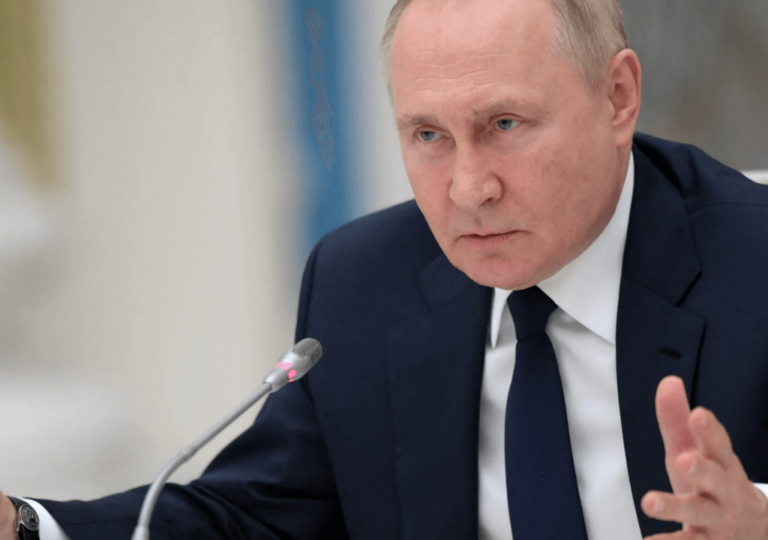
A shift in sentiment among younger generations in former Soviet countries shows a growing alignment with Western values, challenging Russia's influence
Armenia seeks new alliances, notably with India, amid geopolitical challenges
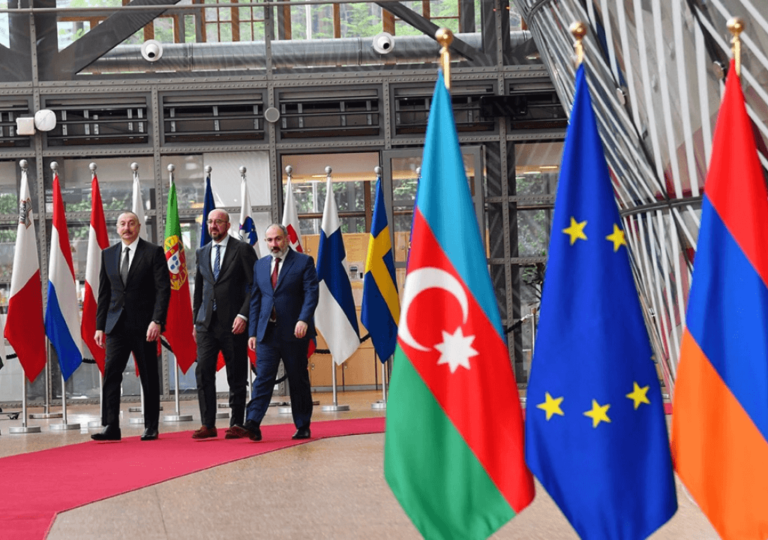
Armenia and Azerbaijan face ongoing tensions post-war, complicating peace efforts
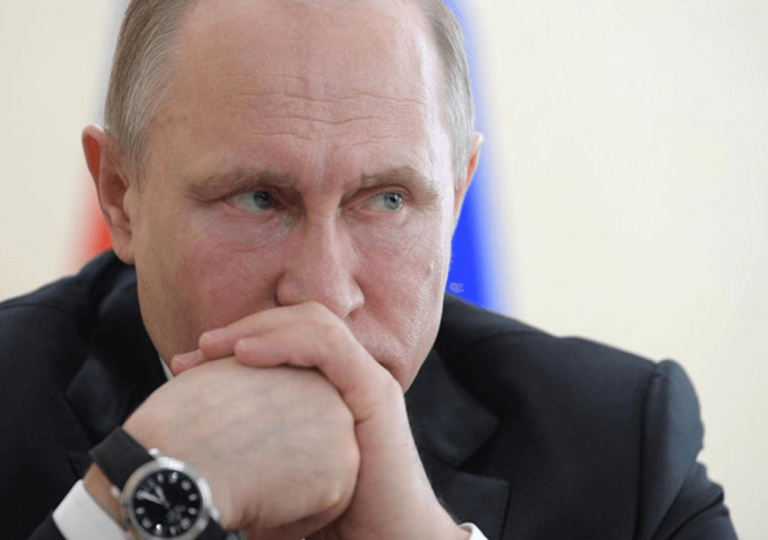
Russia's influence in Armenia wanes as the U.S. strengthens ties through military exercises
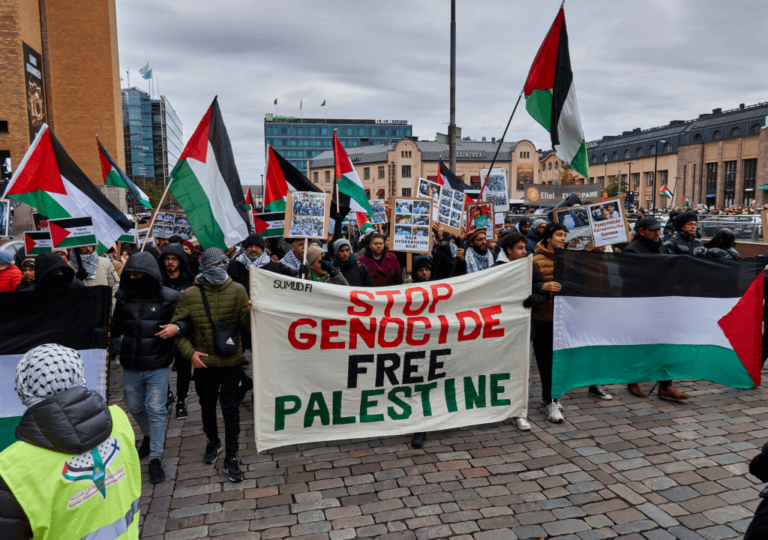
Armenia recognizes Palestine, straining ties with Israel amid shared history and complex relations.
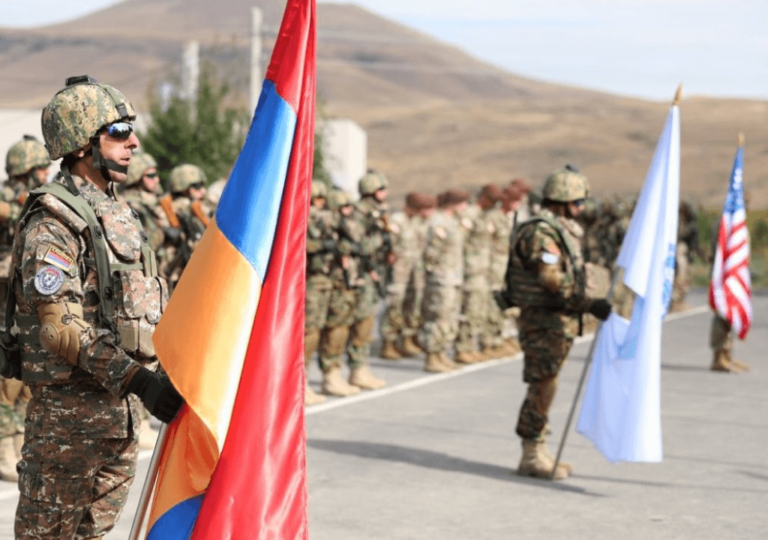
Armenia's loss in the Nagorno-Karabakh conflict led to a shift in alliances towards the West, with the US and EU offering significant aid. This move, while not aimed at severing ties with Russia, signals a potential strain in Armenia's relationship with its historical ally.